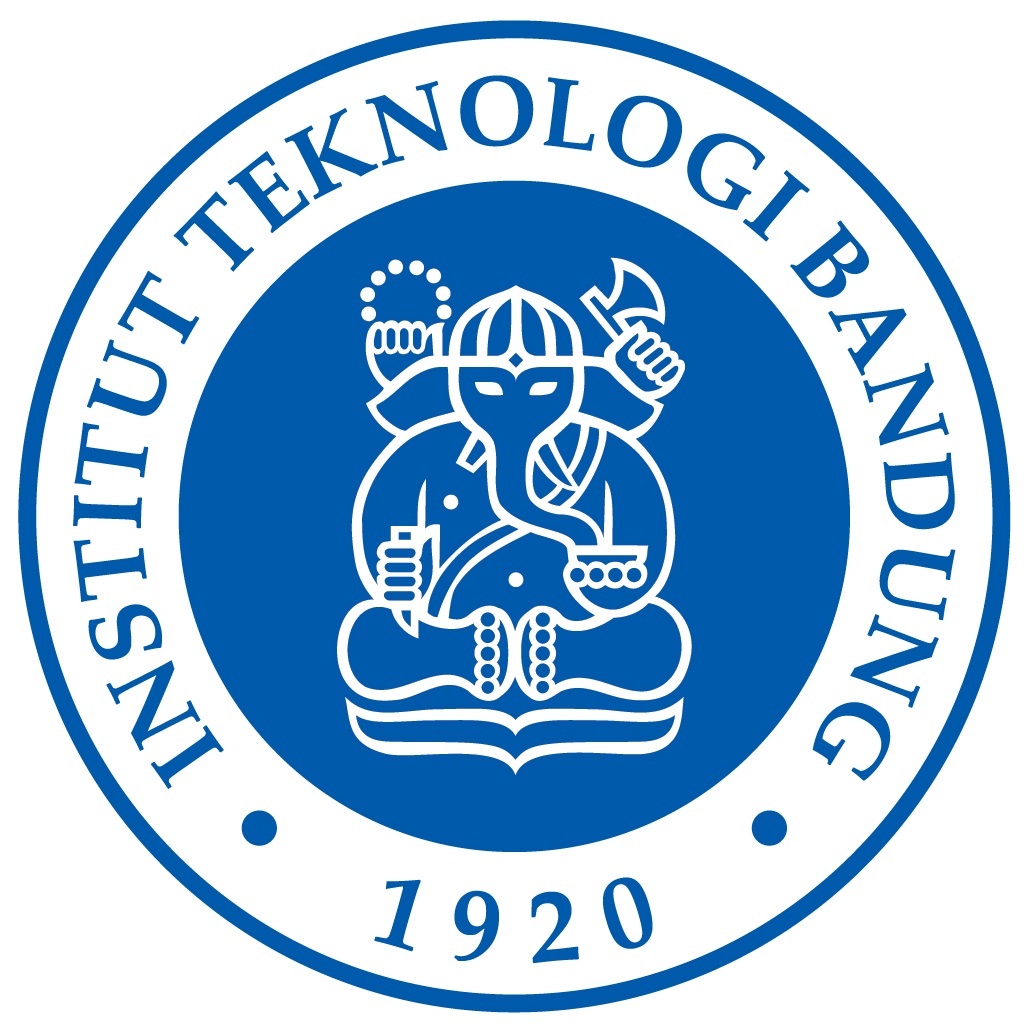

Ari Darmawan Pasek
Leaf waste from street and park sweepings is not transported by RW level waste managers and the Department of Cleanliness and the Environment. Composting leaves takes a long time and storage space is limited. Because the things above leaf litter are finally destroyed by open burning which creates smoke which disturbs residents.
To overcome this, an incinerator was designed made of fire-resistant brick walls, two combustion chambers. This incinerator is planned not to use additional fuel. The initial burning is done using dry wood and twigs. This incinerator does not use components that require electrical power, does not use a blower but relies on air drawn at the end of the chimney.
Before the incinerator is built, a numerical simulation of the incinerator model is carried out, to see the temperature distribution in the combustion chamber for various combustion conditions . The incinerator is made based on a geometry which in numerical simulations provides a high temperature (>700 oC) and is relatively more uniform. The exhaust gas emissions produced are below the specified quality standards
The incinerator is made of refractory bricks, protected by ordinary bricks and an outer frame made of steel, so that the incinerator is easy to move without damaging the walls. A 10 m high chimney was installed to channel exhaust gases into the open air.
The test results showed that the performance of the incinerator was in line with expectations, namely the combustion temperature in the secondary combustion chamber was greater than 700 oC and there was no black or black smoke. white in the chimney, toxic gas emissions are below the specified quality standards.
The resulting incinerator is installed in Taman Hockey, RT 03, RW10 Sukamiskin Village, Arcamanik District, Kota Bandung. Operational training is carried out for one operator who is a Hockey Park gardener. Simple SOPs are prepared, and training is carried out repeatedly so that officers can burn leaf waste correctly, namely the combustion chamber temperature is above 700 oC, and there is no colored smoke in the chimney
"1. Create a small-scale incinerator design that meets the emission quality standards for thermal waste processing activities. 2. Small scale incinerator production. 3. Testing the quality of combustion, temperature distribution, air flow, and the amount of waste per time from the incinerator. 4. Installation of small-scale incinerators in neighboring areas. 5. Socialization of how to operate small-scale incinerators to residents."
Eliminate leaf litter in the RT environment which is usually destroyed by open burning. With this incinerator, combustion can reach high temperatures so that there are no toxic gases and black or white smoke